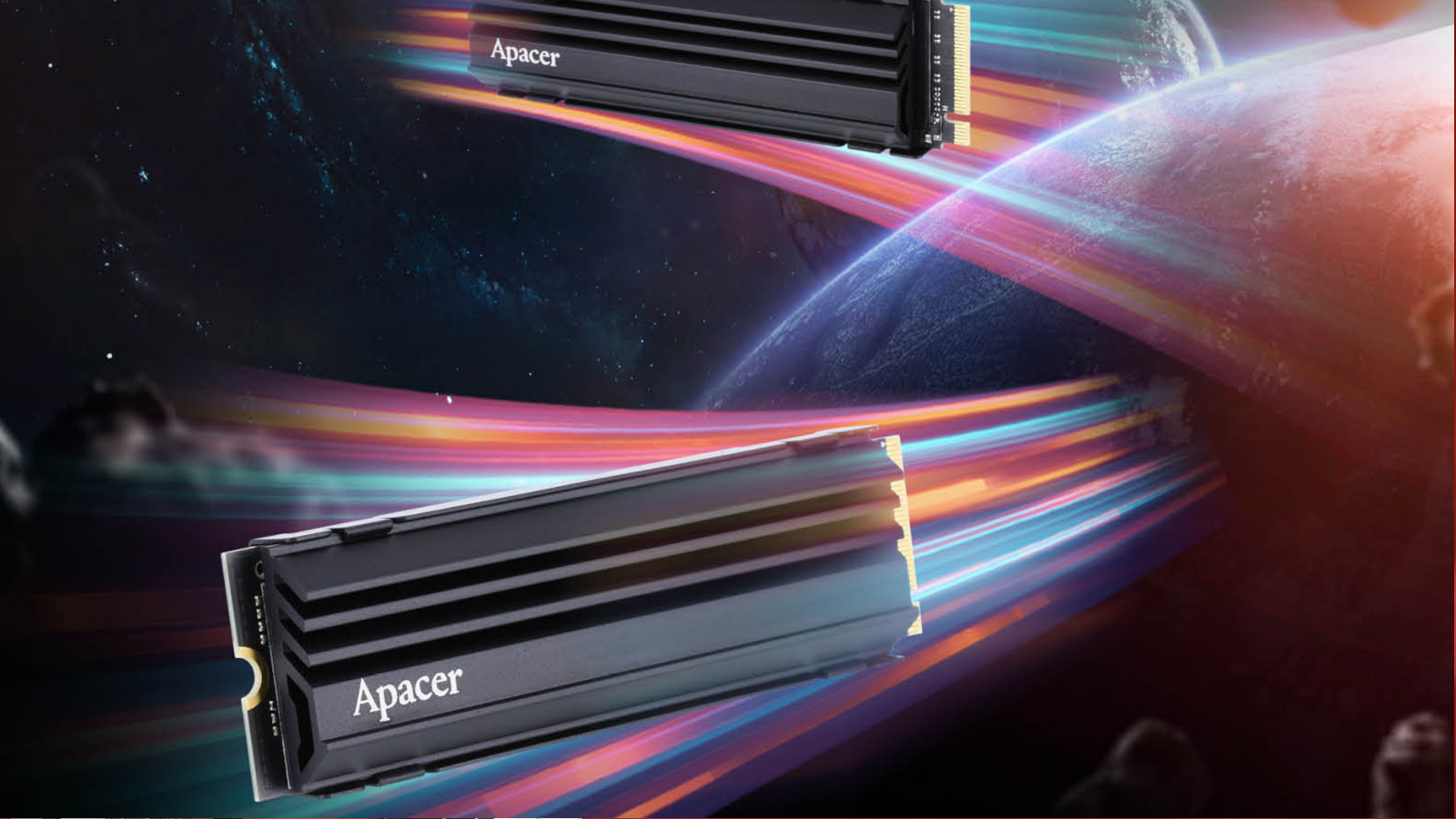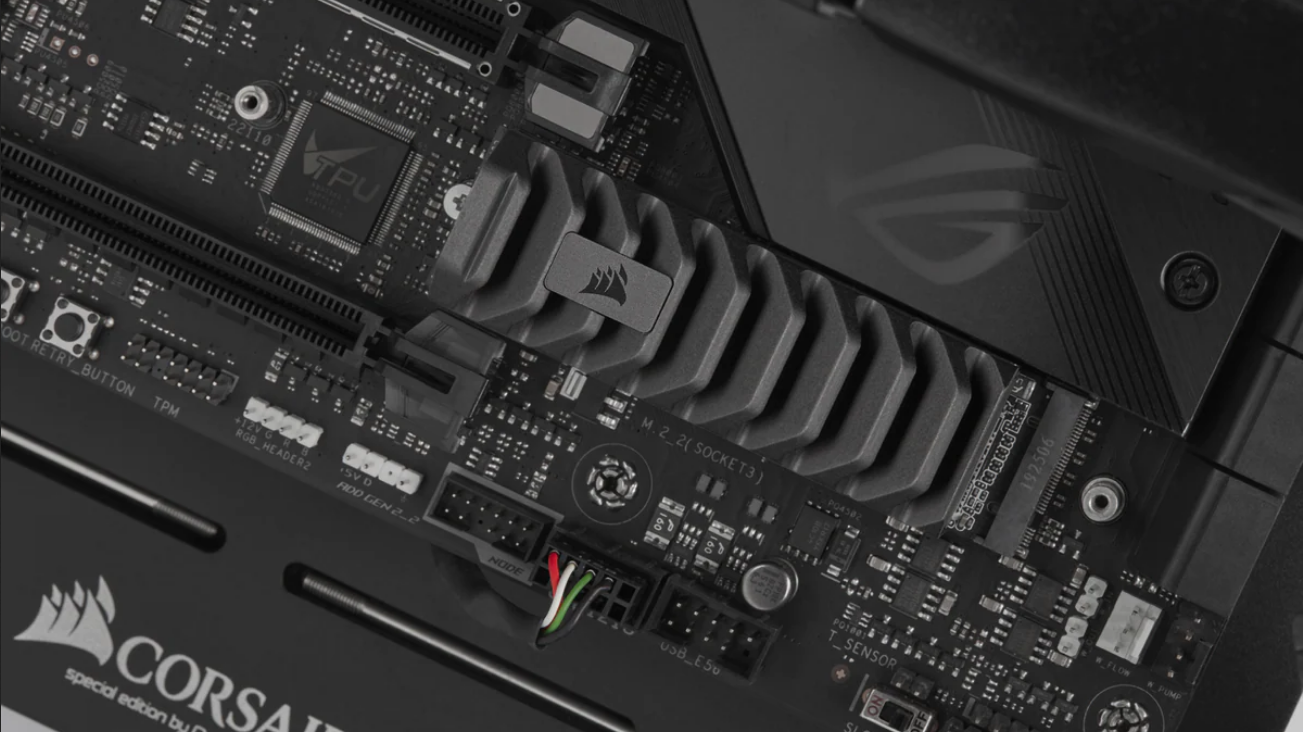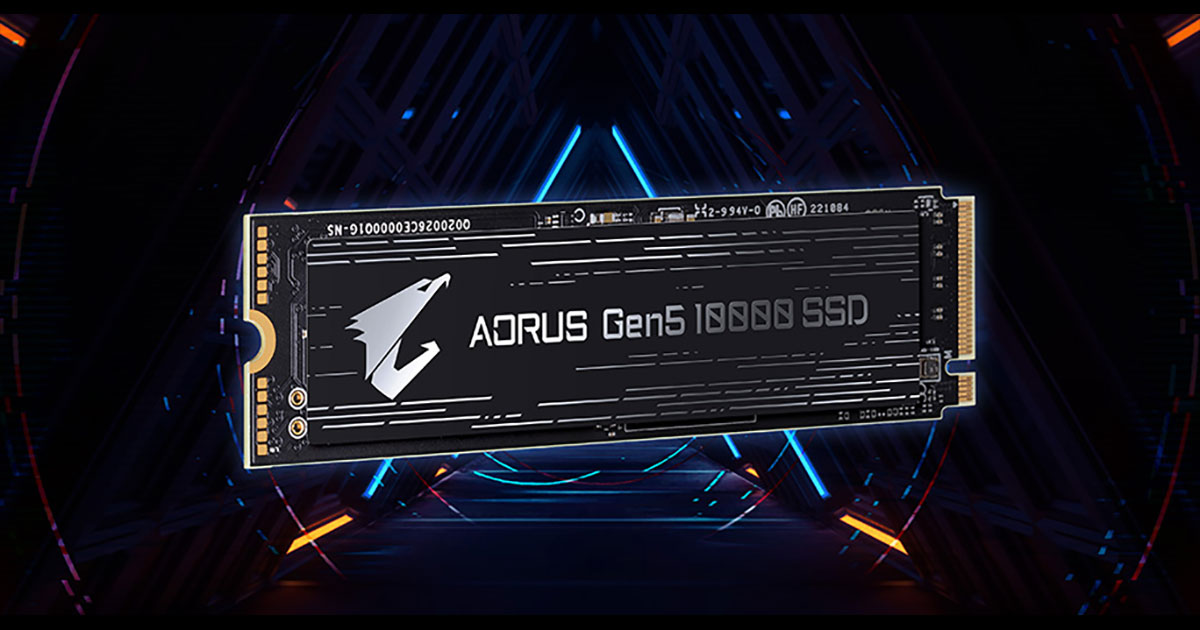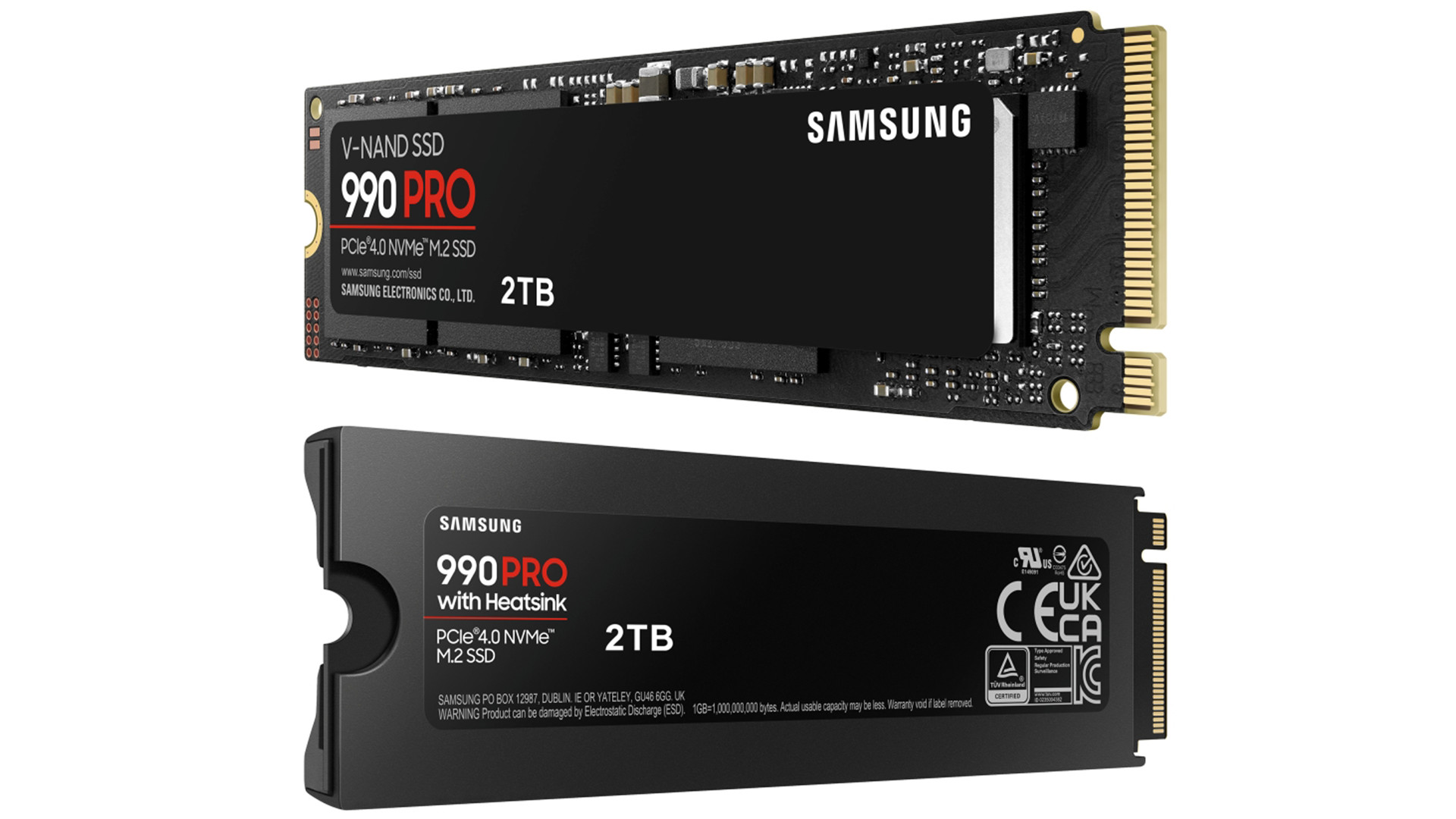Super-speedy PCIe 5.0 drives are nearly here - but you seriously don’t need one
These next-gen drives look incredible, but unnecessary

PCIe 5.0 SSDs, the next generation of solid-state storage for our PCs and laptops, is almost here. It’s tantalizingly close now, with industry titans like Corsair and MSI gearing up to release new drives that promise transfer speeds of over 10,000MB/s.
As someone who is widely known as a huge damn nerd, I’m seriously excited. PCIe 5.0 represents another huge step forward in data transfer technologies; I wasn’t with TechRadar back when PCIe 4.0 first launched in the consumer sphere, but you can bet I was drooling over a Gen4 M.2 drive that week.
Should the average PC user care about this, though? Hell no! No ordinary person will ever need that sort of insane transfer speed! As much as it makes a tech-head like me a little hot under the collar to think about transferring thirteen gigabytes of data in a single second, there’s a plethora of other factors at play here that are guaranteed to make these drives a non-option for the average consumer.
What is PCIe 5.0, anyway?
Let’s kick off with a quick primer here, for those thinking ‘more speed is good, right?’ In simple terms, PCIe (which stands for Peripheral Component Interconnect Express) is a connection standard used in computers, laptops, and tablets to transfer data between the main system and additional components - in this case, the solid state drives (SSDs) used to store your files.
PCIe 5.0 is the next-generation version of this standard, which has already been implemented in some non-consumer systems. Consumer M.2 SSDs are currently on PCIe 4.0, which caps out at a maximum of 8,000MB/s across the M.2 drive format - although most of these drives actually max out around 6,500MB/s.
The new fifth-generation standard doubles that, capable of a maximum of 16,000MB/s in standard M.2 drives, with the fastest PCIe 5.0 drive announced so far being Apacer’s 13,000MB/s model. Corsair’s version will apparently max out at a mere 10,000MB/s, though this is still massively faster than anything currently available.

Why shouldn’t you buy one?
It’s unclear when these drives will actually hit the market; announcements have been scattered throughout 2021 and 2022, but no release dates have been stated just yet. Still, we can reasonably expect it to happen soon - but don’t leap to buy one when it does.
Get daily insight, inspiration and deals in your inbox
Sign up for breaking news, reviews, opinion, top tech deals, and more.
Now, I’m not some prescient sage pondering my orb of SSD wisdom, but there are a few lessons from the launch of PCIe 4.0 that can be learned here. It’s been years since the current generation of M.2 SSDs hit the consumer market, and we’ve still not seen widespread adoption.
The reason for this is trifold; firstly, data transfer rates are improving much faster than file sizes themselves. Plenty of people are still using HDDs (hard disk drives) for storage, which tend to transfer data at a speed of around 100MB/s, and aren’t noticing a need to upgrade. If you’re just moving family photos and word documents around your old tower PC, you don’t necessarily need a faster drive. Even SATA SSDs are still widely used, which cap out at 600MB/s.
The second reason is that M.2 drives are simply more expensive. If you’re building a PC for office work, a SATA or PCIe 3.0 SSD will likely be more than sufficient. When PCIe 4.0 first launched, they were ludicrously pricey; pricing has stabilized a lot since then, but they’re still more expensive than the perfectly competent PCIe 3.0 drives. It’s almost guaranteed that the same thing will happen with PCIe 5.0 - if you buy one straight after launch, you’ll be getting ripped off.
Lastly, compatibility is an issue. Obviously, if you buy a new laptop the shiny new drive inside it will work with the existing components, but you can’t simply upgrade your old system with a new drive. PCIe 5.0 will require a compatible motherboard and processor to function, such as AMD’s upcoming Ryzen 7000 chips. Naturally, that’ll be expensive too, compounding the price issue.

What if I really do need faster storage?
If you’ve been weighing up the prospect of a storage upgrade for a while (or you’re contemplating buying a new laptop and want one with a speedy drive), then the idea of waiting until PCIe 5.0 drops might seem attractive.
After all, going from a SATA SSD or HDD to a next-gen M.2 drive will feel like night and day for any user who actually needs better transfer speeds - serious photo and video editors who are moving around massive files daily, for example, or gamers who want their games to load faster.
Indeed, cries of ‘SSD’ have long populated the chat boxes of games like Rainbow Six Siege, which shows every player in a match loading into the game separately - so if one player is noticeably lagging behind and holding everyone else up, they can be freely castigated by their peers for not upgrading their hardware. Gamers are, after all, a rather disagreeable bunch at times.
The thing is, once you get yourself an M.2 SSD - even a last-gen PCIe 3.0 one - you’re immediately looking at a huge step up in speeds compared to older storage formats. Games load faster, and you’re only beholden to your internet speed when downloading files. Even your operating system will boot up faster.

A silver lining, at least
With that in mind, if you’ve heard the siren’s call of PCIe 5.0 and want to upgrade your faltering old HDD or SATA drive, ask yourself if you really need those ludicrous 12.5GB/s speeds. Sure, that might be more than double what a PCIe 3.0 SSD is capable of, but that same PCIe 3.0 drive is orders of magnitude faster than anything a conventional HDD can do.
With PCIe 5.0 arriving soon, we’re really expecting PCIe 3.0 and 4.0 drives to drop in price again - the same way third-gen drives did when the current 4.0 SSDs landed. SSD storage is cheaper than ever, with HDDs seemingly on the way out, meaning that picking up a third-gen SSD can give your old gaming rig a serious upgrade without costing the world.
Black Friday is looming, and there’s no doubt to be some excellent sales on SSDs from retailers like Newegg (whose FantasTech sale is actually starting on October 10, for anyone interested). This could be the perfect time to upgrade; don’t sit around waiting for a stupidly fast PCIe 5.0 drive you simply don’t need, pick something from the slightly older generations and save yourself some money!

Christian is TechRadar’s UK-based Computing Editor. He came to us from Maximum PC magazine, where he fell in love with computer hardware and building PCs. He was a regular fixture amongst our freelance review team before making the jump to TechRadar, and can usually be found drooling over the latest high-end graphics card or gaming laptop before looking at his bank account balance and crying.
Christian is a keen campaigner for LGBTQ+ rights and the owner of a charming rescue dog named Lucy, having adopted her after he beat cancer in 2021. She keeps him fit and healthy through a combination of face-licking and long walks, and only occasionally barks at him to demand treats when he’s trying to work from home.